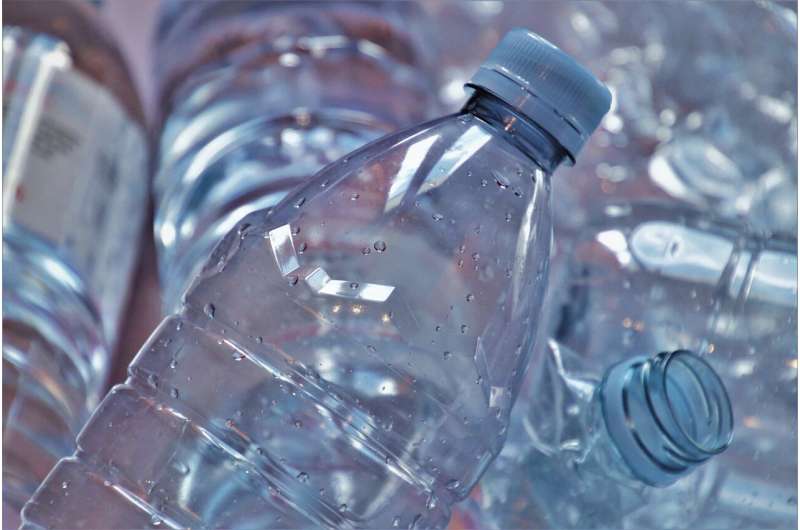This article explores the alarming levels of microplastics accumulated in Queensland’s Moreton Bay, with an estimated 7,000 tonnes of microplastics – the equivalent of 700 million plastic bottles. The research highlights the devastating impact of plastic waste on coastal ecosystems and marine life, and the urgent need for comprehensive management strategies to address this growing environmental crisis. Microplastics and plastic pollution are emerging as critical issues that require immediate action.

The Staggering Scale of Microplastic Pollution in Moreton Bay
Moreton Bay, an enclosed embayment off the coast of Brisbane, has become a stark example of the growing microplastic crisis. The research team’s findings are truly alarming – they estimate that the bay now contains a staggering 7,000 tonnes of microplastics, equivalent to 700 million half-liter plastic bottles.
This microplastic build-up is largely driven by the city’s waste being funneled into the bay through the Brisbane River and other urban waterways. The bay’s unique geography, with its sheltered, protected waters, acts as a trap for sediments and pollutants, making it possible to accurately measure the extent of the problem. The researchers found microplastics in all 50 sediment samples they analyzed, with polyethylene (PE) being the most abundant type.
The Devastating Impact on Marine Ecosystems and Wildlife
Moreton Bay is home to a diverse array of marine habitats, including mangroves, seagrass meadows, and coral reefs, as well as providing a critical refuge for migrating seabirds. The bay also supports populations of charismatic marine species like dugongs and turtles, which graze on the lush seagrass beds. However, the accumulation of microplastics in the bay’s sediments poses a grave threat to the delicate balance of these ecosystems.
As the microplastics sink to the seafloor, they are consumed by organisms living in the sediment, with potentially devastating consequences for the entire food web. Even more concerning, the microplastics can be washed back out by currents and tides, where they become accessible to a wide range of marine creatures, from tiny plankton to large whales. This pervasive contamination jeopardizes the long-term health and survival of Moreton Bay’s diverse and ecologically significant marine life.
Urgent Action Needed to Address the Microplastic Epidemic
The researchers’ findings make it clear that the microplastic crisis in Moreton Bay is not a problem that will solve itself. They warn that without clear management strategies and policies to curb plastic consumption and improve waste disposal, the problem will only continue to escalate.
The study’s authors emphasize the need for a multifaceted approach, including reducing single-use plastic items, improving waste management infrastructure, and educating the public on the devastating impact of plastic pollution. By taking immediate and decisive action, we can start to mitigate the damage and protect the delicate marine ecosystems that are the lifeblood of coastal communities like Moreton Bay. The time to act is now, before the microplastic crisis spirals further out of control.
